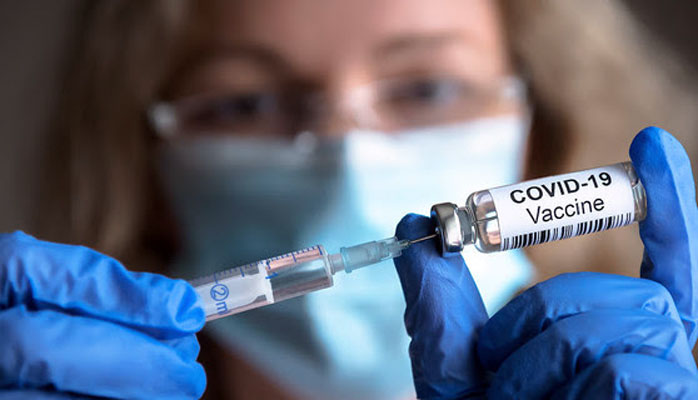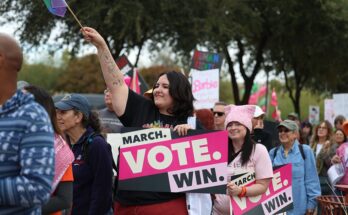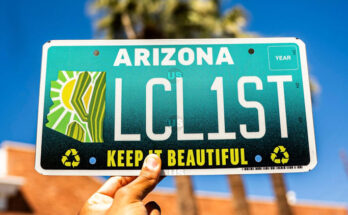Contributed Photo/Courtesy U.S. Census Bureau
95% of those vaccinated got or intend to get all required doses
By Them File and Abinash Mohanty
WASHINGTON D.C. – About 8% of American adults reported they had received a COVID-19 vaccination and around half of adults who haven’t (51%) indicated they would definitely get a vaccine, while an additional 26% said they probably would, according to U.S. Census Bureau data recently released.
The latest revision to Phase 3 of the Household Pulse Survey was implemented on Jan. 6, 2021, and included a new series of questions about COVID-19 vaccinations and attitudes toward the vaccines.
This article is based on an analysis of Phase 3 data collected from Jan. 6 through Jan. 18, a time period in which the Census Bureau sent invitations to 1,037,972 households and received a total of 68,348 responses.
This content was added in partnership with the Centers for Disease Control and Prevention (CDC). Based on survey self-reports, these data may differ from other administrative information, particularly those collected during different time periods.
The new vaccination series asks respondents if they had received a COVID-19 vaccination. Those who had are then asked if they plan to receive all required doses.
Adults who have not been vaccinated are asked if they plan to get a vaccine once available. Respondents who express uncertainty are asked the reason(s) for their reluctance.
These data show:
- About 95% of the estimated 19 million who reported receiving a COVID-19 vaccination said they had received or plan to receive all required doses.
- Around half (51%) of the approximately 226 million adults yet to receive a vaccination said they “definitely” plan to receive it when available.
- An additional 26% of adults yet to be vaccinated reported they would “probably” get a vaccine once available, compared to approximately 14% who said they would “probably not,” and 10% who said they would “definitely not” get vaccinated. Overall, these results indicate that around a quarter of all unvaccinated adults will probably not, or will definitely not, receive a COVID-19 vaccine once one is available to them.
Age Factors
During this initial collection period, the reported likelihood of eventually receiving a COVID-19 vaccination once available varied by age, and older adults appear to be more certain they want to get vaccinated.
While about 71% of adults ages 65 and over reported they would “definitely” get a vaccine once available, around half (51%) of those ages 45-64 said the same.
Meanwhile, among those ages 30-44 and 18-29, only 41% indicated they would “definitely” get a vaccine once available (The percentages for these two youngest age groups were not statistically different.)
Racial Differences
The reported likelihood of receiving a COVID-19 vaccination once available also varied by Hispanic origin and race.
About two-thirds of unvaccinated non-Hispanic Asian adults indicated they would “definitely” get a vaccine once available, compared to around 56% of non-Hispanic Whites.
In contrast, only about 47% of Hispanics, 37% of non-Hispanics of other races or two or more races, and 30% of non-Hispanic Blacks said they would “definitely” get a vaccine once available.
Health Insurance Coverage
Attitudes about receiving a COVID-19 vaccine also varied according to health insurance status. Those without insurance were less likely to say they would get vaccinated.
Among the unvaccinated, over half (56%) of insured adults and 34% of uninsured adults said they would “definitely” get a vaccine when available.
Respondents who indicated uncertainty about receiving a vaccination (49%) were also asked the reason(s) for their reluctance.
The most frequently selected answers included:
- Concern about possible side effects (51%) and plans to wait to see if the vaccines are safe (50%). The percentages for these two reasons were not statistically different.
- Feeling that other people might need the vaccine more right now (28%).
It should be noted that respondents could provide more than one response to this question.
All respondents were also asked whether they had received a positive COVID-19 diagnosis from a medical professional; around 14% indicated they had. As more Americans are vaccinated, Household Pulse Survey data will allow for meaningful analysis of demographic differences in vaccination rates and positive COVID-19 diagnoses. Additional information about the number of COVID-19 vaccines administered is available from the CDC.
The estimates in this analysis are based on survey self-reports from a specific time period and may not align with published counts generated from other sources.
For more information, data users are encouraged to explore the Household Pulse Survey tables, Technical Documentation, and Public Use File (PUF) microdata.
Thom File is a sociologist in the Census Bureau’s Social, Economic and Housing Statistics Division.
Abinash Mohanty is a statistician in the Census Bureau’s Social, Economic and Housing Statistics Division.









